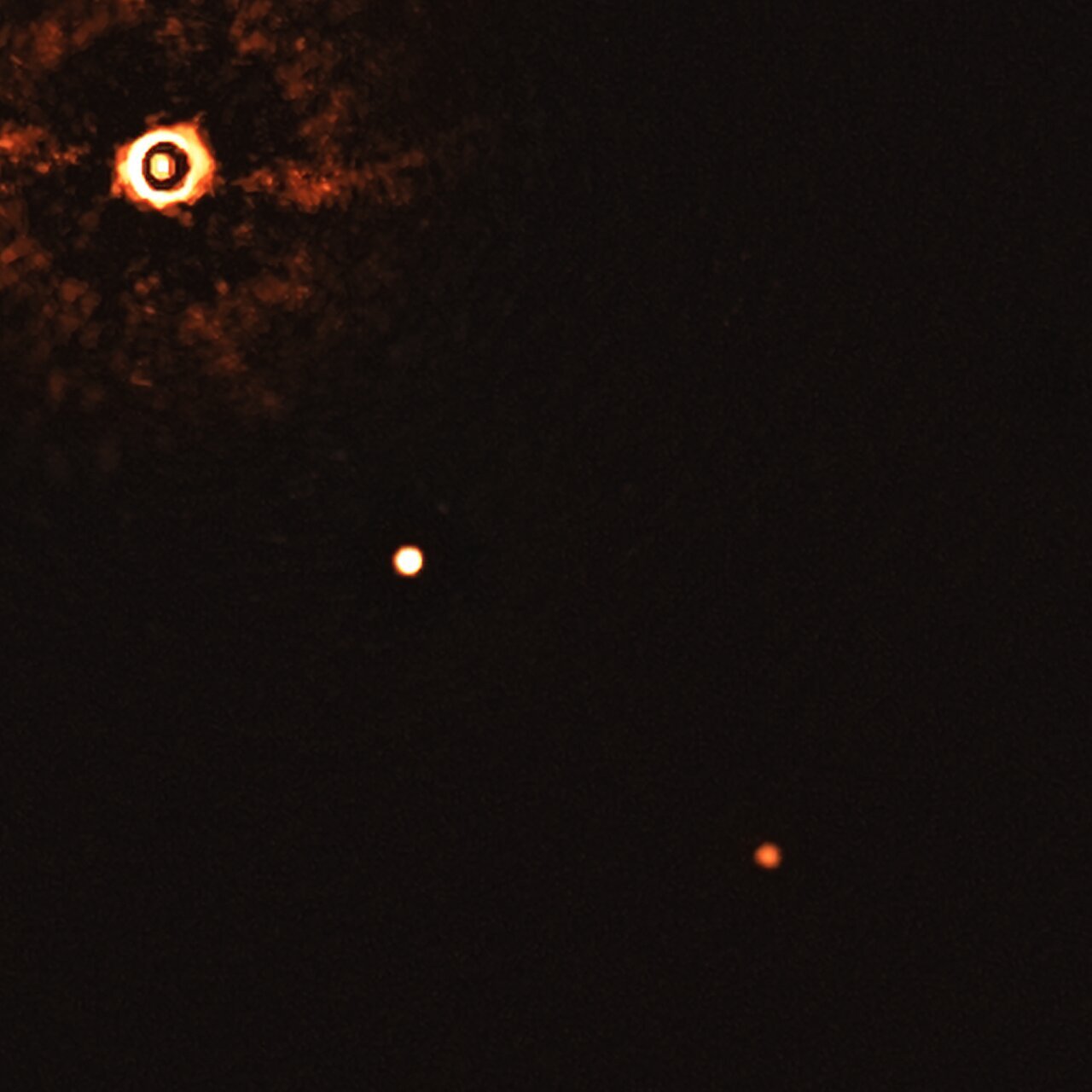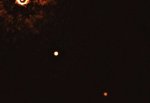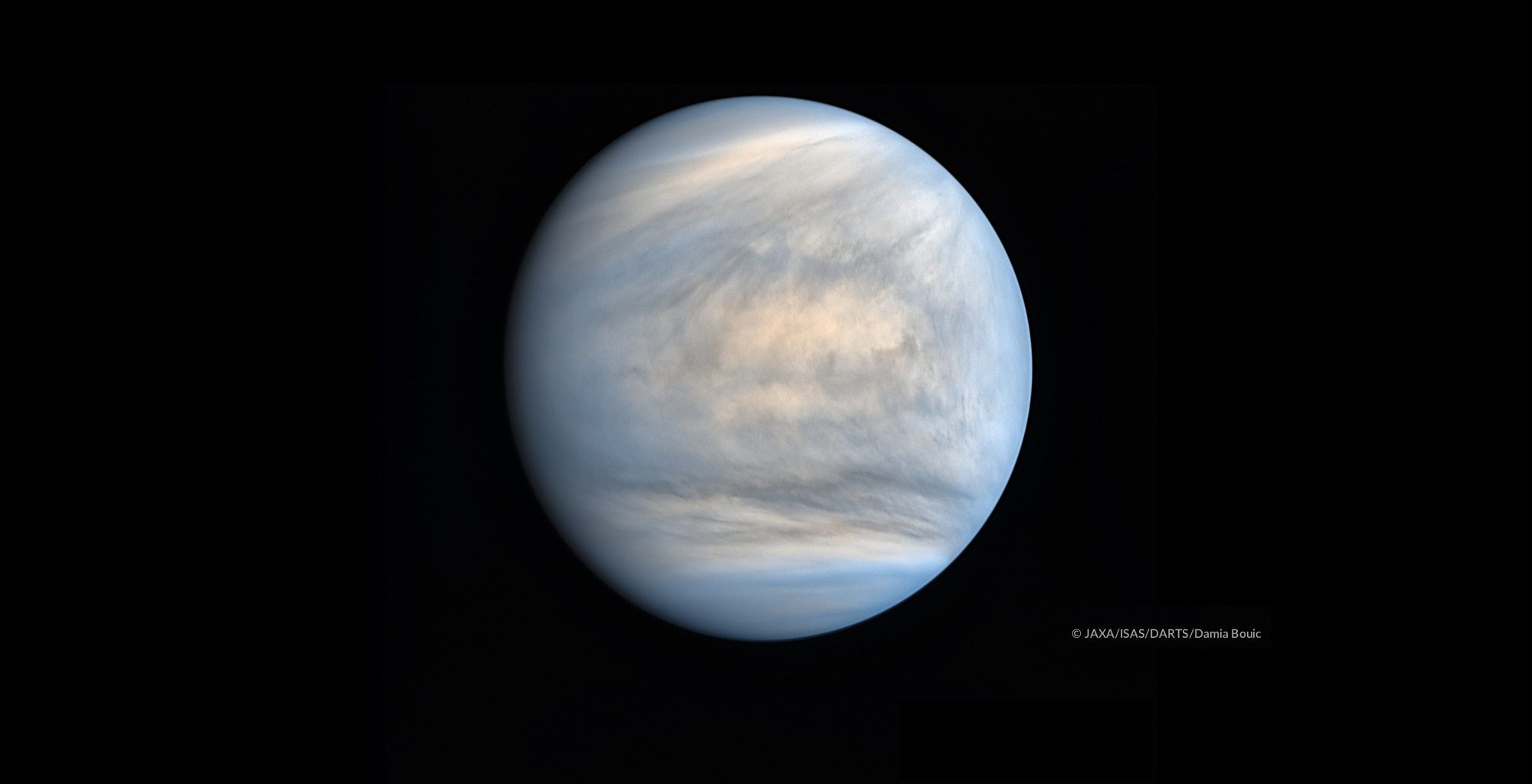Seldom Bucket
Well-Known Member
Hubble Photo of Globular Cluster NGC 6441, One of the Most Massive in the Milky Way
The Hubble Space Telescope has delivered another outstanding image. This one is of NGC 6441, a massive globular cluster in the constellation Scorpius. It’s one of the most massive ones in the Milky Way, and the stars in it have a combined mass of 1.6 million solar masses.
NGC 6441 is a gorgeous visual spectacle. It’s also of great scientific interest; it hosts four pulsars, an abnormally high number of variable stars, and has a rather high metallicity for a globular cluster. And it’s host to several Type II Cepheid stars, which is unusual for a cluster with high metallicity.
It was discovered in 1826 by Scottish astronomer James Dunlop, who also published “A Catalogue of Nebulae and Clusters of Stars in the Southern Hemisphere observed in New South Wales” in 1828. Those were challenging times for observers, and only about half of the objects he discovered were actually real. The remainder were artifacts of the telescopes of the time.






